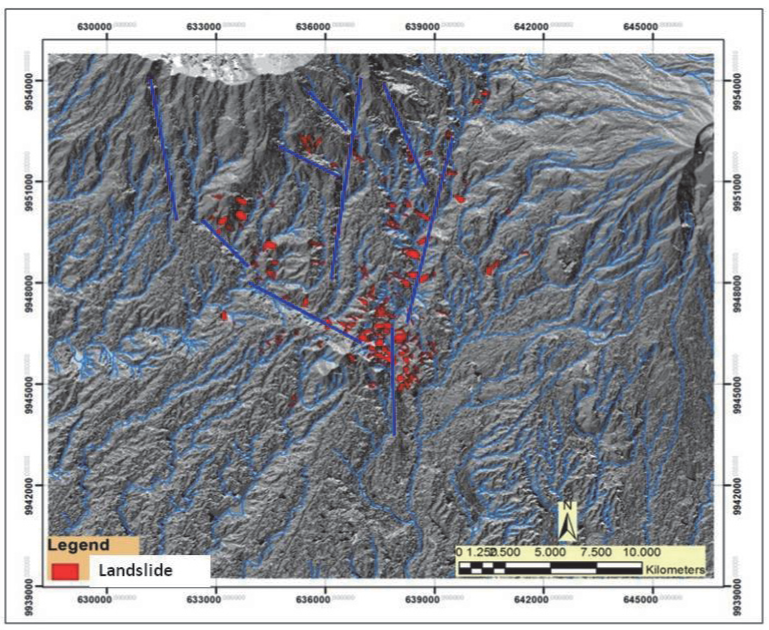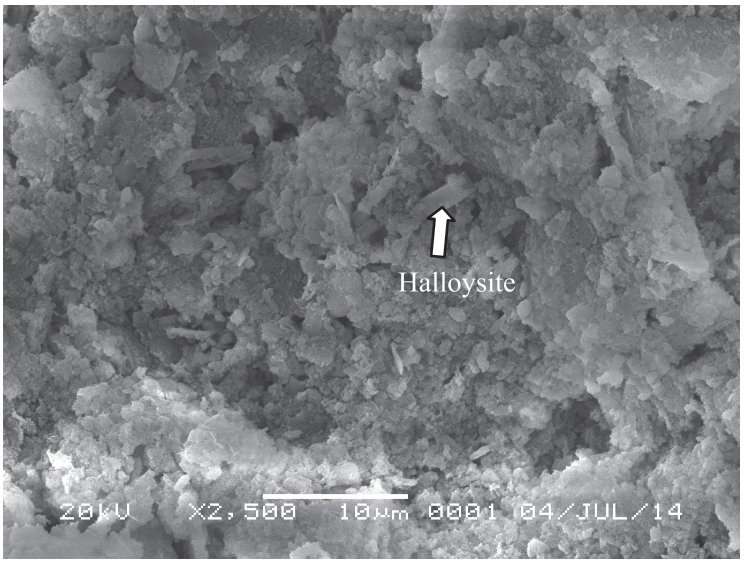Control morphology to the landslide Induced Earthquake: Case Study Padang Pariaman, Sumatra




Abstract The September 30, 2009, Padang earthquake has induced huge landslide in Padang Pariaman Regency, West Sumatera, Indonesia. Earthquake induce landslide occasionally occurred in tephra with a thick pumice deposit. The thickness and characteristic tephra contents of pumice, slope, presence of clay layer to the sliding surface are the main factors controlling landslide occurrences. Other factors are morphology and tectonics conditions. The present lithology and morphology play important factors controlling of landslide occurrences within this area. This study aimed to identify the level of tectonic activity in Padang Pariaman, West Sumatra by morphotectonic index analysis such as ; the stream-gradient index(SL), drainage basin asymmetry (Af), valley floor width–valley height ratio (Vf), drainage density (Dd), and mountain-front sinuosity (Smf). Geomorphic aspects were analyzed by using geomorphological index to identify the tectonic activity of the study area. The lineament of stream segments will be compared with the azimuth of joint and azimuth of landslide crown using statistical test to determine the relationship between these variables. Based on morphometric measurements it’s known that the study area has an active tectonic activity level and the river channel give significant parameter to the landslide occurrences. In this paper we will describe landslide triggered by earthquake in the Padang Pariaman, West Sumatra from morpho-tectonics of view. Keywords: landslide, geomorphology, tectonics, river channel.